Embattled US retailers faced a potentially crippling hammer blow last week as bank CIT Group teetered on the edge of bankruptcy.
CIT holds a unique position as a lender to small and medium-sized businesses – particularly in the apparel sector, to which it is one of the biggest providers of factoring services.
So retailers breathed a collective sigh of relief when, after frantic talks last weekend, CIT agreed a $3bn (£1.81bn) rescue deal with creditors. It is hoped the deal will safeguard the bank, which was last week refused a second bail out from the US government.
So what went wrong for CIT and what effect would the collapse of the business have on the already troubled apparel and wider retail market?
CIT is the lender to nearly 1 million small and medium-sized businesses and its factoring service for retailers and manufacturers was essential in smoothing cash flow. Without the advance payments many suppliers would be unable to fulfil orders. CIT’s difficulties prompted trade organisation the Retail Industry Leaders Association to write to Treasury Secretary Tim Geithner urging intervention.
President and chief executive of the American Apparel and Footwear Association Kevin Burke said that the collapse could spark a “crisis” for retailers. “The industry is already battling less inventory and battling a recession. If you can’t get product, how do you get customers into the store?” he said.
But the US government deemed CIT too troubled. The bank had already been bailed out once by the US government seven months ago, when an application was rushed through to make it a traditional bank holding company and it was given $2.33bn (£1.41bn) of aid.
CIT’s problems arose after chief executive Jeffrey Peek joined in 2004. He oversaw many acquisitions, including a push into home lending, which proved costly after the subprime mortgage market collapse. CIT also relied on capital markets to fund its balance sheet.
Last weekend’s agreement of a new financing package for CIT was welcomed. One source was reported as saying the deal “paves the way for an orderly restructuring of the balance sheet with time and capital” and “it will give CIT’s customers plenty of capital”.
There will be relief on the part of those affected, but the crisis was a stark reminder for US retailers that the fallout from the property market’s collapse is not over.





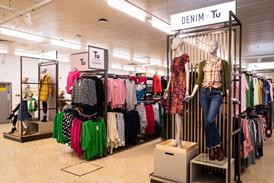
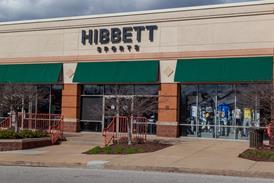



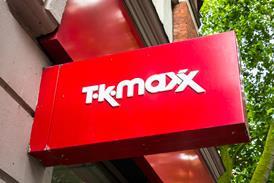







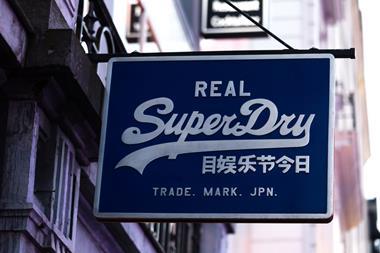
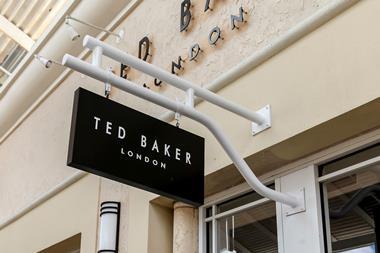




No comments yet